15 Techniques To Make Sure The Houseplants Are Thriving, And Not Just Surviving
6. Make sure your water is room temperature
When you see houseplants for sale at stores like Lowe’s, Home Depot, or Trader Joe’s, it’s hard not to impulsively put them in your cart.
Plants are beneficial for so many reasons. They help improve the quality of the air, and they’re a good way to remember how much life surrounds us. Plus, they make your place just a bit more colorful.
But it can be a little discouraging if that houseplant doesn’t live a full life. When it comes to greenery, there are so many different species of plants out there, and they all require different care. Yes, all plants need sun, soil, and water. But the amount and type differ.
It’s reasons like this why I, personally, can’t keep succulents. They’re deemed as being some of the most low-maintenance houseplants around, but I get antsy and feel like there’s more I could be doing to help them out. My perfect plant is one that needs just a little more attention than that.
When you buy a plant, you can also jump-start a hobby. Indoor houseplants may someday lead you to the fabulous world of outdoor gardening. Can you imagine being rewarded with fresh vegetables and herbs for the work you put in?
Suffice to say, houseplants aren’t going anywhere. They’re always going to be beneficial, and learning how to care for them will always be a necessary life skill. You can start at any age, which is another bonus. You can even make your plants an heirloom if you pass cuttings onto family members who’d appreciate them.
By buying the plant in the first place, you’re already doing good. But if you’re looking to take it to the next level and have a plant that grows with you, here are 15 ways to ensure that both you and your plant are happy.
1. Don’t water as much in the winter
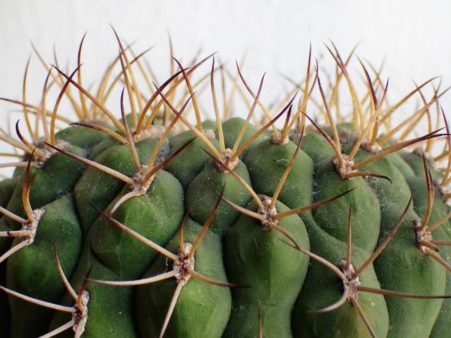
Indoor houseplants actually need less water in the winter than in the summer. If you keep going at the same pace all year round, your plants might suffer from root rot. If you have a cactus, you may be able to hold off on water all winter long. Use your best judgment, feel the soil, and don’t feel like you’re neglecting your plants if your watering can isn’t in rotation as often as usual.
2. Pruning is beneficial
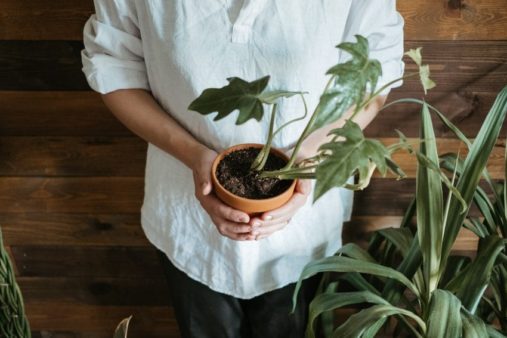
Think of it as a haircut for your plant. There is a right way and a wrong way for doing this, so you might want to look up information regarding your specific type of plant. But in general, Parade states that pruning plants and getting rid of diseased stems may keep pests at bay. It also suggests pruning plants to their natural growth and taking your time with each snip.
3. Don’t forget to dust your plants
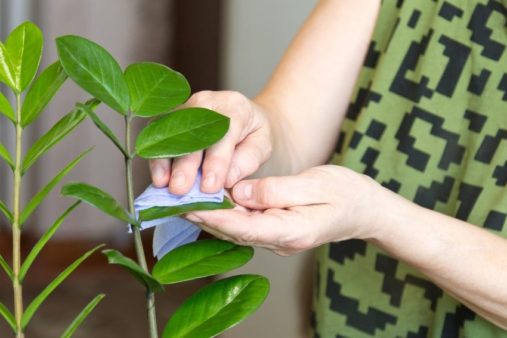
Houseplants can collect dust after time, so it’s best that you keep an eye out. Large houseplants may benefit from a moist cloth, while smaller plants may be able to be rinsed out in a sink. For more delicate plants or plants with fuzzy leaves that wouldn’t benefit from a rinse, you can also use a clean paintbrush to keep them looking fresh.
4. Talk to your plant
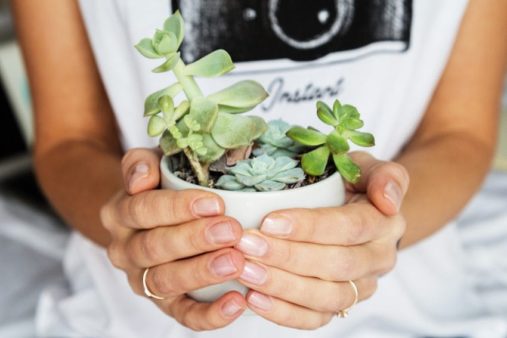
I get it. It might look a little goofy — but it does help. (And if you’re going through a crisis and need to talk it out, it’s beneficial to you, as well! Houseplants are great listeners.) The Spruce notes that when you talk to your plants, you’re letting out beneficial carbon dioxide that will help them grow faster.
5. Choose a good planter that drains
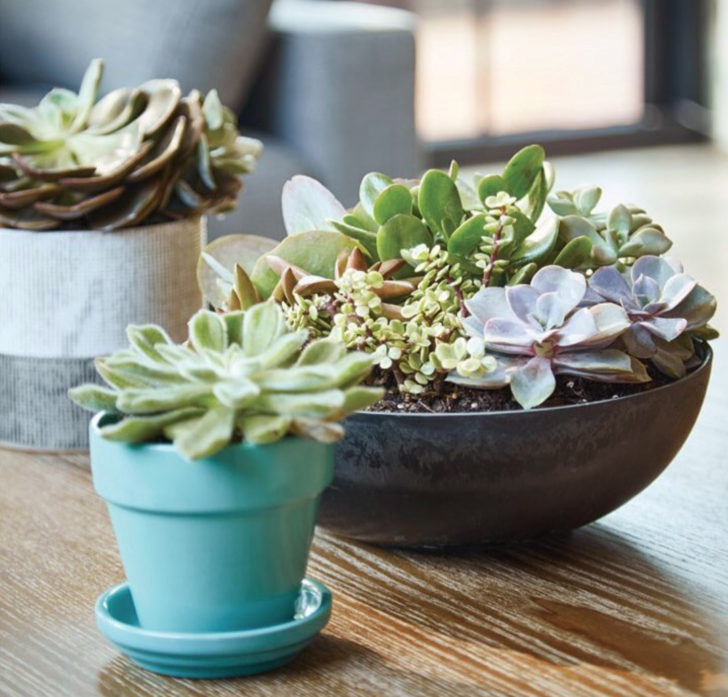
The planters without the holes in the bottom might look prettier and be cleaner, but since you won’t be able to see any water overflow, they could do damage to your indoor houseplants. Not only do drainage holes prevent your plants from being overwatered, but they also help with the airflow. Speaking of planters, you’ll also want to make sure you find ones that are big enough for your plants to grow. Cuttings won’t be that small forever.
6. Make sure your water is room temperature
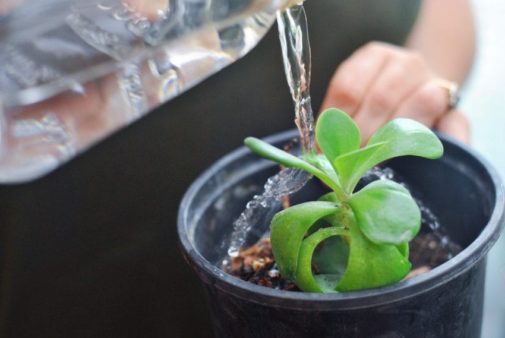
You might think that your plants would enjoy an ice-cold drink as you do, but it’s important to make sure your water temperature isn’t too extreme. SFGate suggests that the ideal range is anywhere between 62 and 72 degrees Fahrenheit. If you don’t have a thermometer nearby, you can likely tell by touch.
7. Keep your plants away from young kids and pets
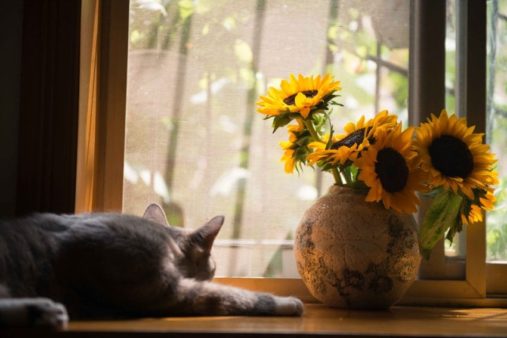
It’s not that young kids can’t enjoy houseplants — it’s just that kids might be a little rough on them, and they might break off parts of the plant, which can prohibit growth. As for cats and dogs, certain plants pose a health risk. If you’ve got a curious cat, you may end up with a quick trip to the emergency vet if you’re not careful.
8. Place plants where they’ll thrive — not just where they’ll look the best
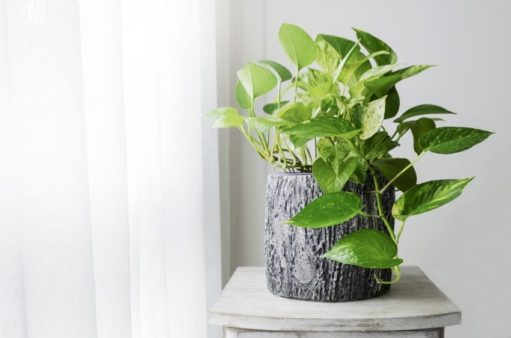
Plants are a huge part of home decor. But if you’re really looking to make sure they’re at their healthiest, you should consider their sun recommendations when it comes to placing them in your home. Some plants don’t require much sun at all. Others need a ton of it on a daily basis. Make sure you do your research before bringing home a bad fit.
9. Try to occasionally rotate your plants
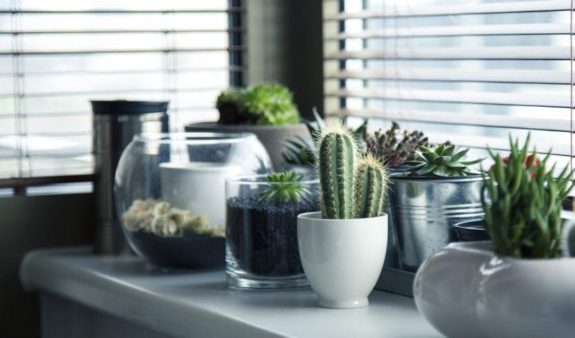
Imagine yourself outside in the sun. If you’re lying down on your stomach, your back will get tan, but your front side won’t get any exposure at all. It’s the same way with plants. Some sun is better than no sun, but by rotating your plants, they’ll look better and not lean in one direction. Gardening KnowHow suggests that you rotate every three days or every couple of weeks, depending on the plant.
10. Change up the soil
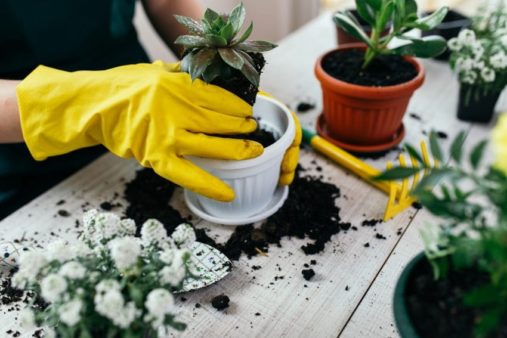
Plants get a ton of nutrients from their soil, so it makes sense for you to change it every once in a while. Giving fresh soil to your indoor plant is like giving it a multivitamin. Repotting and soil changes don’t have to happen all the time, but they should definitely happen as your plant gets bigger.
11. Next time you make pasta, think of your plants
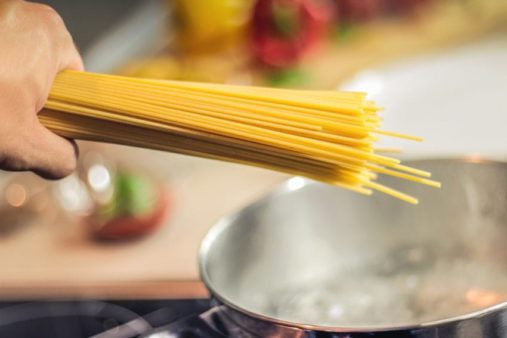
Not only will you be helping your plants, but you’ll also be reusing water. Pasta water is filled with a lot of starch, which means it’s chock full of vitamins and minerals for indoor and outdoor plants. Just make sure that the water isn’t boiling when you feed it to them, since that might cause more harm than good.
12. Check for pests
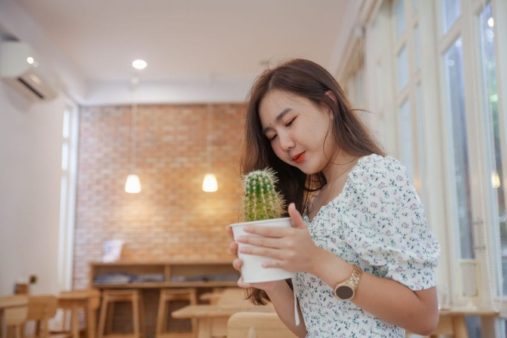
Yes, indoor plants get pests just like outdoor plants do. There may not be as many, but it’s still worth checking to make sure your houseplants are healthy. If the leaves of your plant have been eaten off by bugs, it may already be too late. By investigating your plants on a weekly basis, you can start to recognize when they look normal and when they look sickly.
13. Don’t ignore your plants when you’re on vacation
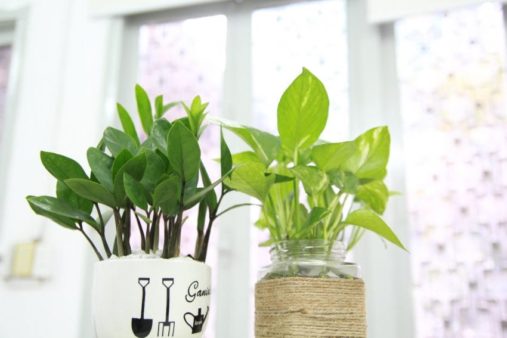
You set up care for your cat and dog — why not your plants as well? If you know that it’ll be sunny while you’re gone, you should set out some instructions for your housesitter. Surely they won’t mind watering and rotating while they’re there. Getting your plants in a schedule will remind you to always be attentive to them, even during long weekends.
14. Try not to put your plants in a drafty area

If your plant is right underneath an air conditioning vent, it may not thrive as well as it would in another location. Even moving it slightly out of the way can make a world of difference when it comes to the health of your houseplant. Remember, it’s not like your plant can just grab a cozy cardigan the way you can under similar conditions.
15. Increase humidity by grouping plants together
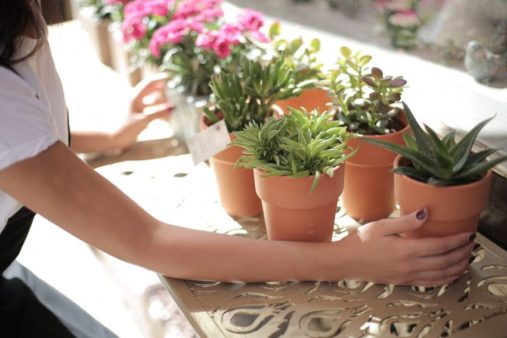
It’s nice to have houseplants scattered all over the place. But having them live fairly close to each other isn’t the worst idea, health-wise. Plants suffer from lack of humidity most during the colder months, so even if this rearrangement is temporary, it may help. As a bonus, if you can’t say no to plants, gathering them together will help you keep inventory.
SKM: below-content placeholderWhizzco for CRH

